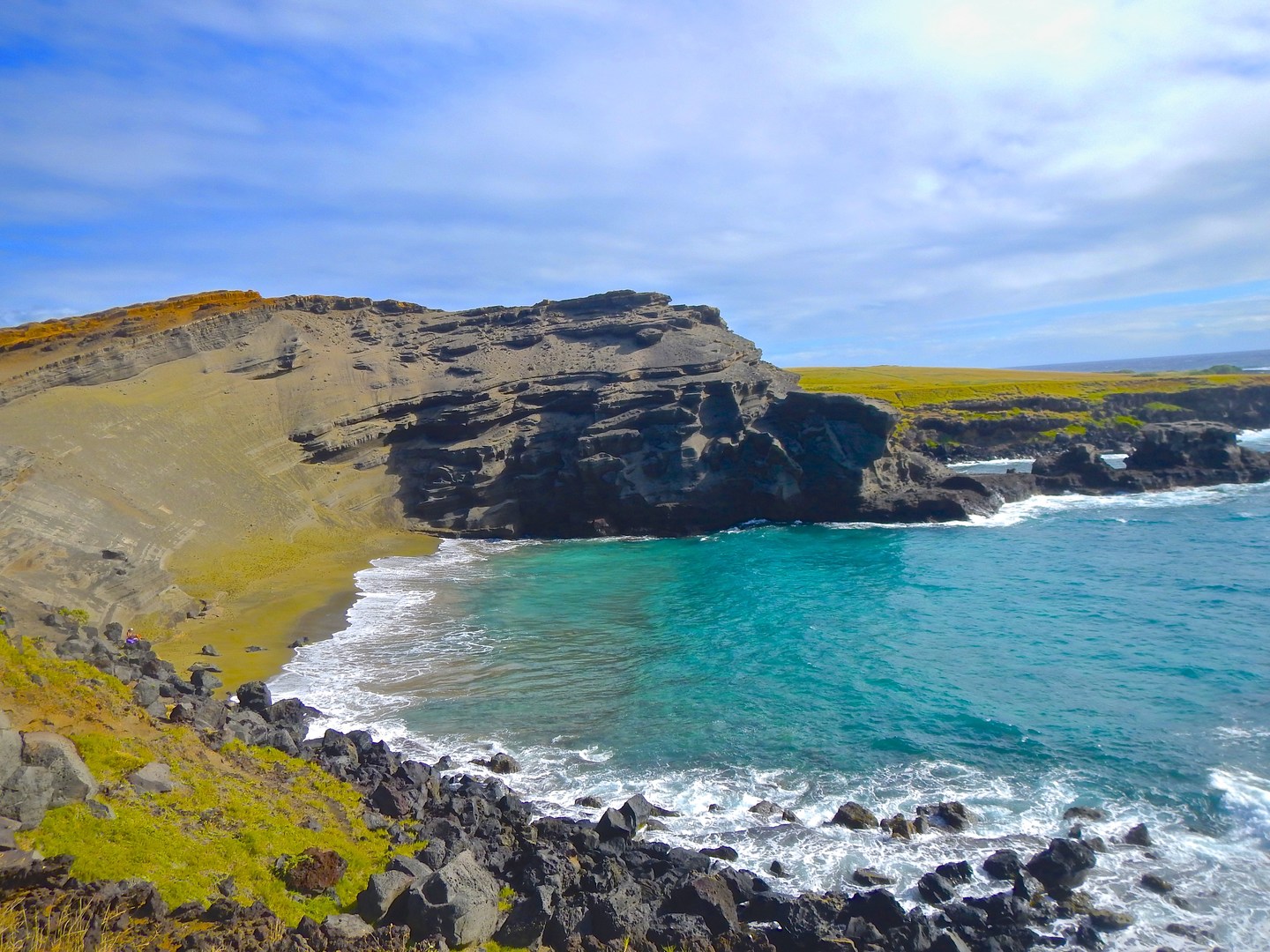You are here
I teach at a high school on Hawai'i's Big Island, and every week we have an assembly in which students and teachers make announcements. As the leader of our school’s budding outdoor program, it isn't uncommon for me to get up and announce upcoming trips. Our program goal is to teach the students the joys of responsible outdoor recreation, practicing Leave No Trace principles in every aspect of each excursion. At one such assembly, our school’s Hawaiian language teacher, Kumu (teacher) Kaʻai, stood up and made a powerful, and untraditional, announcement about the importance of using place names when talking about places on the island. The announcement wasn’t aimed at any one person in particular, but it was still an eye-opening moment for me, who had been making announcements for years without any consideration for the proper Hawaiian name of a place. While our outdoor program promoted LNT in its most basic form–teaching students to limit one’s physical footprint–it dawned on me that when we enter a space, we need to do more than simply protect the land under our feet; we need limit our footprint on the culture and identity of a place. The more I was announcing snorkel trips to A-Bay, instead of using the place name ʻAnaehoʻomalu, the more my students and I were leaving a new stamp on the place. I was leaving a trace without even knowing it.
Why does a name matter? Think of a person's name. If someone continually called me Jenny instead of Jaime, for example, I think after a while I’d probably think that person was either a total jerk or incredibly lazy, certainly not someone who considered me an equal. In the classic novel, "The Catcher in the Rye," Holden’s roommate Stradlater fails to call his date by her correct name Jane, instead calling her Jean. Readers generally are quick to pick up on the fact that Stradlater is basically a total player, with little interest in Jane as a person. She’s just another body in his repertoire of women, and he fails to take the time to actually learn her name. Calling a person by the name of YOUR choice shows a real lack of respect for the person. After all, our names are a big part of how we self-identify.
Place names function in much the same way. A place has an identity, too, and names often reflect that identity. In the case of ʻAnaehoʻomalu, ‘anae is a type of mullet fish, and hoʻomalu means to protect. If you ever visit ʻAnaehoʻomalu, you’ll immediately notice the two large loko iʻa, or fishponds, which were most likely known for their abundance of ‘anae. The fish were fattened up in these ponds and used as a significant food source. This name tells us something about the history of the place and the people who once lived here. Kumu Kaʻai pointed out to me that if you were to suddenly not see ‘anae in the ponds, “this would have been a cause for concern” because the “name implies that this area is plentiful in that particular resource.” Another excellent example is Papakōlea, also known as Green Sand Beach, which means plover field or flats. The name tells us that plover frequent this place. If the plover disappeared from the island, the name gives us a historical record for future generations. What’s more, names can help us respond to environmental changes and help stop them BEFORE a name is merely a historical record.
The renaming of a place is also a linguistic displacement. As Kumu Kaʻai further explained, “After the overthrow of the Hawaiian Kingdom, one of the largest campaigns of indoctrination through Americanization took place. As a result of this, most people in the world have been miseducated about Hawaiian history and culture. Education took place, but much of it was fabricated and revised to obliterate language, values, and cultural practice. One of the best ways to get a people to forget who they are is by obliterating their language.” Using the nickname of a place instead of its place name is one more way people consciously or unconsciously trample a people's sense of identity. When I call a beach A-Bay instead of using its Hawaiian name, ʻAnaehoʻomalu, I am slowly stamping out the history of the beach and the culture that named it.
LNT is about minimizing your footprint on a place, but we can leave a trace on more than simply the physical environment of a place. We can leave a painful footprint on the historical and cultural identity of a place, too. In 2002, the Australian government officially renamed Ayer’s Rock the aboriginal name Uluru. Now, instead of seeing the rock as merely a tourist destination, one can see a more informative identity to this rock: It is an important aboriginal place. In fact, the rock is hugely integral to the cultural identity of the people who inhabited this area, and using the name Ayer’s Rock failed to illustrate that cultural connection. You could think of its renaming as a small gesture at brushing away the footprints that have been stomping on the identity of this sacred place for the last 100 years. In other words, the name change is an attempt to clean up, in the same way as any responsible hiker would do a trash sweep of a campsite after spending the night.
When we practice LNT on each of our adventures, let's remember that a trace is more than meets the eye. Practicing cultural sensitivity is an essential part in cultivating a responsible adventure ethic.
Mahalo nui to Ka'ai Spencer for challenging many of my notions about what it means to be a responsible outdoor enthusiast, and for patiently helping me with this article.
For more on Leave No Trace in a cultural context, be sure to read Rethinking Leave No Trace: Increasing Your Cultural Awareness. For more articles on Leave No Trace generally, check out the following articles:






Comments
Sign In and share them.